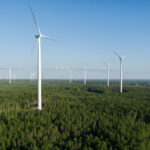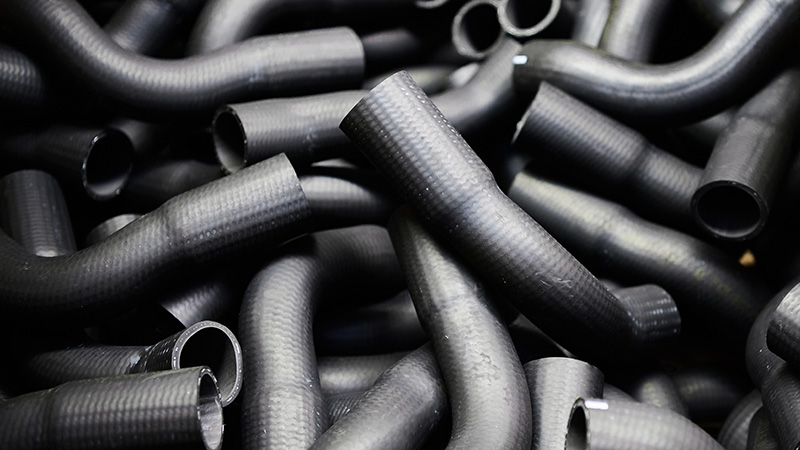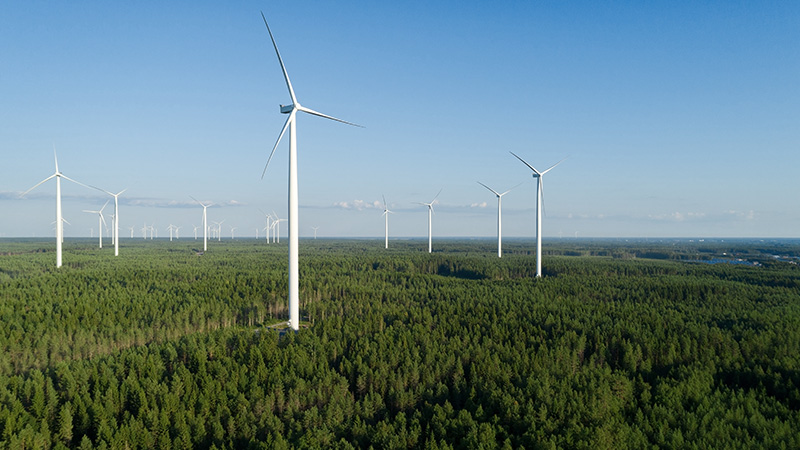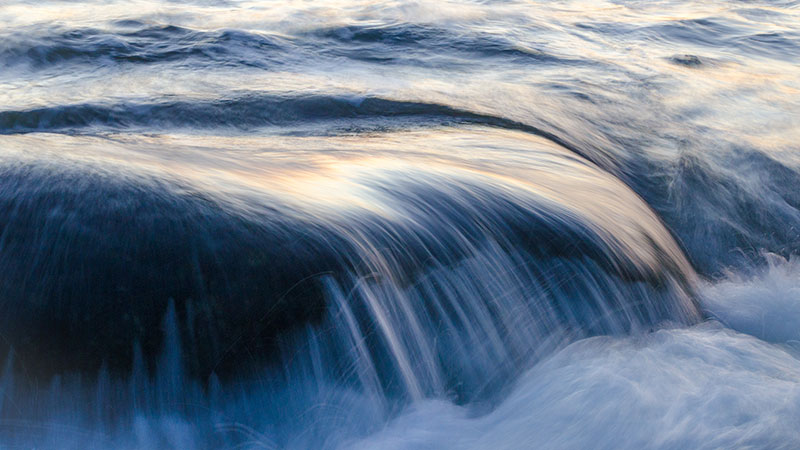Onshore wind power has solidified its place as a form of electricity production in Finland. In contrast, there is currently only one offshore wind power plant operating in Finland, located in Tahkoluoto, Pori. The most significant obstacle to offshore wind power is generally considered to be weaker profitability than onshore wind power. There are plans in Finland to accelerate the construction of offshore wind farms, for example, by lowering the real estate tax rate.
The Time for Offshore Wind Farms Approaching in Finland – Hundreds of Turbines in Development
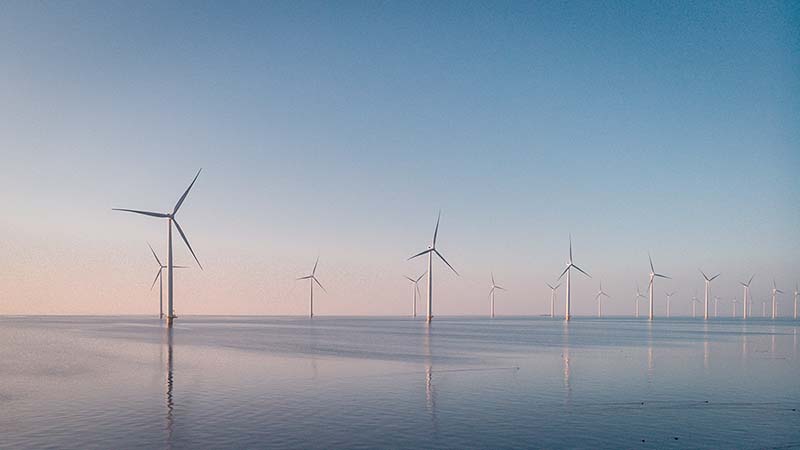

Miika Pinomaa
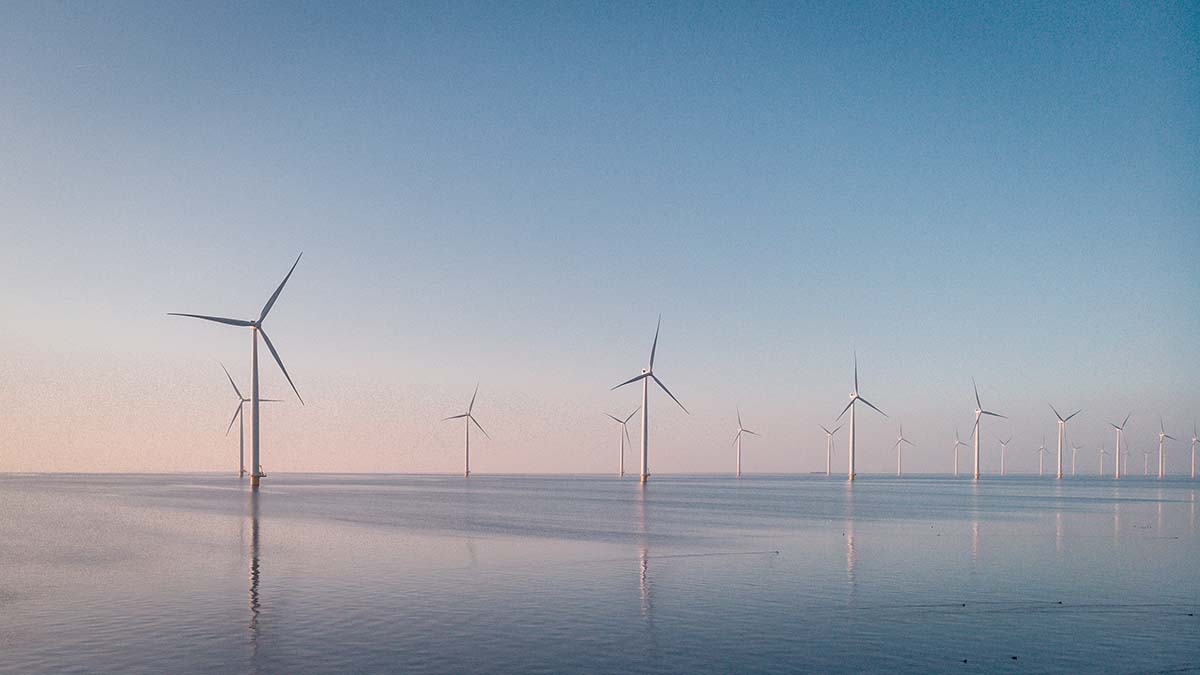
The political will to increase the adoption of offshore wind power is clearly present. In November 2020, the European Commission published the EU Strategy to harness the potential of offshore renewable energy for a climate neutral future. The goal of the strategy is to increase offshore wind power capacity to at least 60 gigawatts (GW) by 2030 and then to 300 GW by 2050. This would be a 25-fold increase of the current 12 GW capacity over the next 30 years.
Finland is also seeking to increase the adoption of offshore wind power. According to Prime Minister Sanna Marin’s government programme from 2019, the government will seek to improve the prerequisites for the construction of offshore wind farms and ultimately increase implementation in order to achieve the goal of nearly emission-free production of electricity by the end of the 2030s. According to Finland’s sustainable development programme published in 2021, a total of 161 million euros will be directed to investments in new energy technology, such as offshore wind power. The funds will come from the EU’s recovery package.
Lower Real Estate Tax Would Improve Profitability
One example of a concrete measure to promote offshore wind power is the planned reduction of the real estate tax for wind power. Currently, the replacement cost is 75% of the construction costs for both offshore wind farms and onshore wind farms. In practice, offshore wind farms nevertheless pay significantly more real estate tax than onshore ones. This is because offshore wind farms involve demanding foundation work and other construction costs, which means that the taxation values that form the basis for real estate tax are higher than for onshore wind farms.
The Ministry of Finance has prepared an amendment to the real estate taxation so that the replacement cost of offshore wind farms would include a smaller amount of the construction costs. The intent here is to place onshore and offshore wind power on equal footing with respect to real estate tax.
Significant Potential in the Baltic
The regional councils of Finland’s coastal municipalities approved the first maritime spatial plan for Finland’s territorial waters and exclusive economic zone at the end of 2020. Finland’s Maritime Spatial Plan 2030 is not legally binding, but does identify, among other things, potential areas for the development of offshore wind power. According to the plan, the Baltic Sea has significant potential with respect to offshore wind power. This potential is greater in Finland’s coastal regions compared to other Nordic countries. The Gulf of Bothnia, in particular, has been identified as being well suited to extensive offshore wind power construction.
There are numerous offshore wind power projects currently being developed in Finland. For example, a large-scale offshore wind farm is being planned in Åland, with LUT University studying options for moving forward. The government of Åland is planning as many as 500 offshore wind turbines with a total nominal capacity of 6 GW in an area of approximately 1,000 square kilometres. The planning and preparatory phase is estimated to continue into 2024.
Territorial Waters or Exclusive Economic Zone?
The authority processes required for offshore wind power projects, such as permitting processes, differ slightly from onshore wind power projects. For example, offshore wind farms require a water permit in accordance with the Water Act. The authority proceedings for offshore wind farms also differ according to whether the wind farm is going to be constructed in Finnish territorial waters, which are closer to the coast, or in the exclusive economic zone, which is farther out to sea.
In territorial waters, wind farms require, among other things, a zoning plan that allows wind farms as well as building permits, just like for onshore wind farms. In contrast, the exclusive economic zone is not subject to land use planning and no building permits are necessary for wind turbines in the exclusive economic zone. However, construction in the exclusive economic zone requires an exploitation right and consent to construct in the exclusive economic zone granted by the Finnish government and may also require, among other things, an environmental impact assessment process.
There is a very strong will in Finland to significantly increase the adoption of offshore wind power, and the practical implementation of projects requires versatile legal expertise. Castrén & Snellman has assisted clients in the permitting of major projects in the Finnish exclusive economic zone. Our firm also has extensive experience of wind power projects, most recently the development and sale of the Puskakorpi wind farm project.
